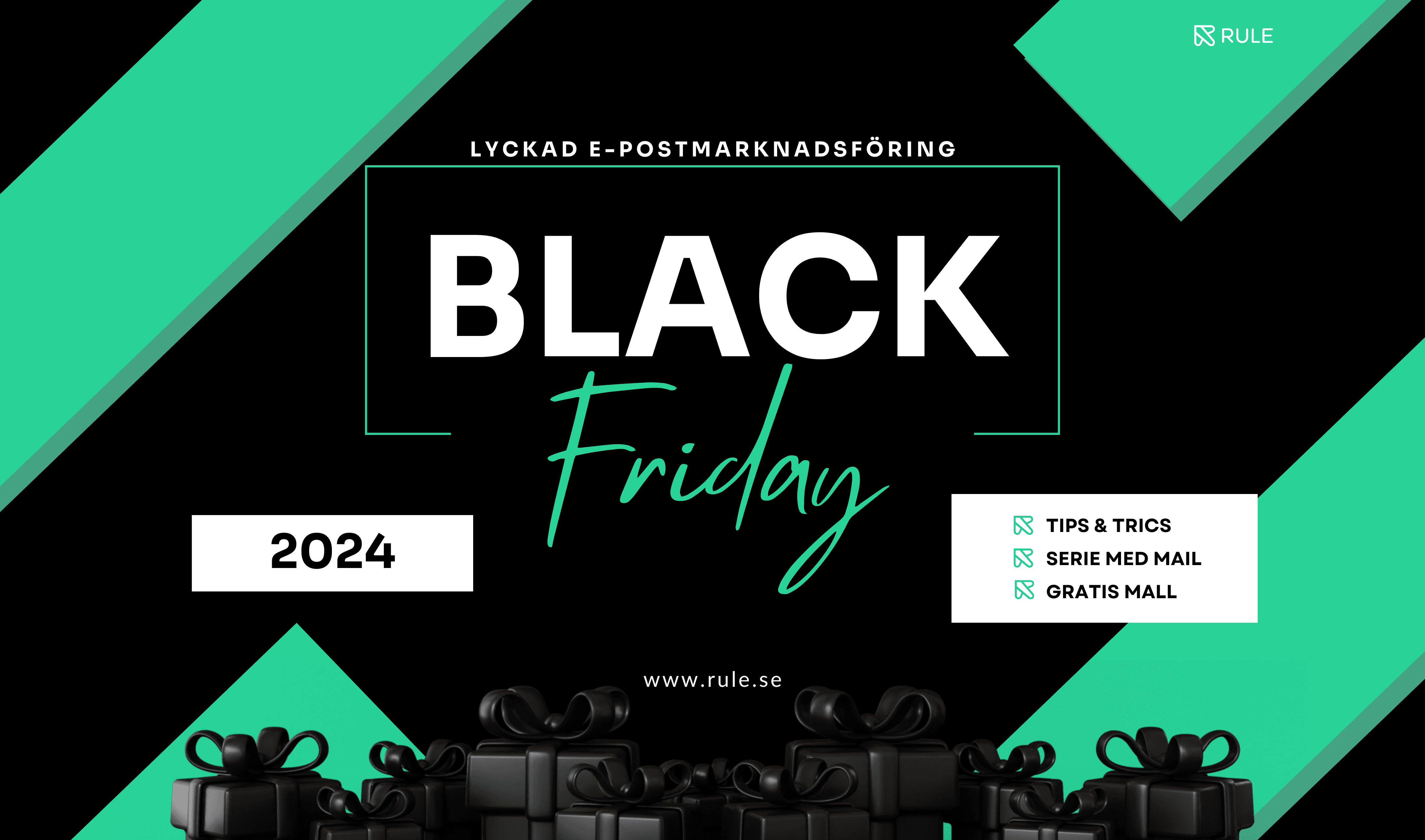Welcome to the world of TikTok advertising! TikTok has quickly become one of the most influential digital marketing platforms, thanks to its dynamic nature and young audience. As a beginner, this can initially feel overwhelming, but don’t worry – we’re here to guide you through the process and show you how to use TikTok’s powerful tools to achieve your business goals. We also explore how you can use our “TikTok Custom Audiences” feature to streamline your marketing on the platform.
Understanding the TikTok user base
TikTok mainly has a young demographic consisting of generation Z and millennials, making it an ideal platform for brands targeting younger consumers. However, the growing popularity of the platform among other age groups has broadened the spectrum of audiences for different types of advertising. The key to success is to create content that is authentic, creative and engaging – less traditional advertising and more genuine experiences.
Different types of TikTok ads
TikTok offers several ad formats adapted to different business objectives:
In-Feed Ads: These ads appear between videos as users scroll through their “For You” page and may include links to websites, app downloads, or promotions.
Branded Hashtag Challenges: Unique to TikTok, these challenges encourage users to create content around a specific branded hashtag, increasing engagement and capitalizing on user-generated content.
TopView ads: These appear when users first open the TikTok app, ensuring your ad gets maximum attention.
Branded effects: Similar to Snapchat’s AR lenses, these effects allow users to interact with customized filters and effects that can go viral.

Collect first and zero party data with TikTok
As privacy regulations tighten, it is increasingly important to collect the right data from your customers, which is best done through first-party and zero-party data, which is information directly from your audience. First-party data is collected directly from the user through their interactions with a company’s website, app or other means, such as purchase history or web activity. Zeroparty data is information that the user voluntarily and knowingly shares with the company, for example by filling in preferences or intentions in surveys or settings. TikTok is a valuable source of this data. Here are some ways to collect data:
Lead generation forms: Integrate forms directly into the TikTok app to collect user information. When users show interest in your ad, they can fill out forms that collect their information, giving you direct access to their interests and preferences. The pro-tip here is to ask relevant questions that you can then use in your communication to make your marketing relevant and personalized.
Pixel tracking: By implementing a TikTok pixel on your website, you can track and analyze user behavior to adjust your marketing strategies.
Call to Action (CTA) buttons: Use strong calls to action in your ads to drive traffic to your website. Encourage viewers to visit your website, where they can choose to give their contact details in exchange for something of value (e.g. discount codes, exclusive offers). The pro-tip here is to save data such as email address so that you can continue communicating with the user in other channels.
If you want to learn more about TikTok and first-party data, read our article Marketing on TikTok – how to succeed!
Analysis and target audience on TikTok
As always, it is important to measure and test what works for you! TikTok offers robust audience targeting tools and detailed analytics to help you track ad performance and fine-tune strategies for optimal ROI.

Best practices for TikTok advertising
Users on TikTok prefer creativity and authenticity. Ads that are high quality, original and with a clear call to action tend to perform best. Engage with current trends and collaborate with influencers to boost your reach and credibility. Below you can get more detailed information on what this means:
Creativity and authenticity: TikTok users prefer content that is creative, entertaining and feels genuine. High quality, original ads with a clear call to action perform best.
Engage with trends: Using current TikTok trends or sounds can increase the relevance and relatability of your ads.
Collaborate with influencers: Collaborating with TikTok influencers can extend your reach and give credibility to your brand. Influencers understand what resonates with their followers and offer a valuable bridge between your brand and potential customers.
Optimize for sound-on experience: Unlike other platforms where users can browse with the sound off, TikTok is essentially a sound-on platform. Designing ads with appealing sound can significantly improve engagement.
Our new integration with TikTok Custom Audiences is an effective way to target specific user groups based on their behaviors and interests. By pairing your Rule with TikTok Ads Manager account, you can synchronize your member lists directly to TikTok and create custom audiences there. This process is not only useful for targeting existing customers but also for generating lookalike audiences, which expands reach by identifying new users who are similar to existing customers. This allows businesses to effectively scale up their marketing efforts on the platform.
It is important to remember that when you transfer your list to TikTok, it must match at least 1000 contacts. That is, at least 1000 people of the members you upload must have a TikTok account otherwise a target group will not be created.
Here you can read more about TikTok Custom Audiences!

Become a master of TikTok advertising
Using TikTok in combination with Rule Custom Audiences opens up new opportunities to engage your audience in innovative ways, not only increasing your reach, but also building strong relationships with your audience.
Whether you are a small startup or a large established company, TikTok and Rule open up new opportunities to understand and engage your target audience in a way that was previously not possible.
With these insights, you are now well prepared to succeed with TikTok advertising. Good luck, and remember to experiment with different campaign objectives and audiences to find what works best for your brand!







